Deal Denied
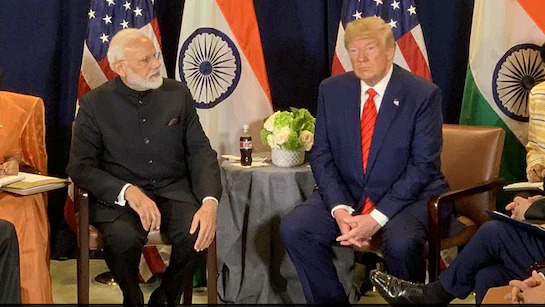
India's aspirations for a breakthrough trade deal with the United States have been dealt a significant blow, as U.S. President Donald Trump announced sweeping tariff hikes on Indian goods, triggering both economic shockwaves and a moment of introspection for Indian trade diplomacy. The 25% base tariff, along with an additional 10% penalty surcharge, threatens to upend India’s export sectors, with early estimates pointing to potential losses of ₹2.4 lakh crore by the end of the fiscal year.
Despite multiple rounds of negotiations and high-level diplomatic engagements, India failed to secure even minimal relief or transitional waivers—a stark contrast to how other countries navigated Washington’s aggressive trade posture.
A Misread Mandate?
Indian negotiators went into the talks banking on the strategic goodwill fostered through the QUAD alliance, defense deals, and purchases of U.S. energy. But the Trump administration's unilateral move makes it clear: strategic partnerships were never going to translate into trade leniency without hard economic reciprocity. As Trump bluntly declared in a televised statement, “India taxes our goods like crazy. It’s not a partnership, it’s a one-way deal.”
The tone set by the White House was less about multilateral cooperation and more about numbers—namely, India’s \$46 billion trade surplus with the U.S., high tariff walls, and continuing defense ties with Russia. That India seemed unprepared for the punitive outcome is evidenced by the lack of sector-specific exemptions, unlike Vietnam, Indonesia, or even Bangladesh, which managed to protect key industries through tactical concessions.
Structural Fragilities Exposed
India’s trade diplomacy during these rounds of talks appeared disjointed and reactive. Insiders report that proposals lacked focus and a coordinated message. While Indian negotiators emphasized growing imports from the U.S. in sectors like defense and LNG, they failed to present a comprehensive or compelling counteroffer in return.
Worse, New Delhi’s refusal to open sensitive domestic sectors—such as agriculture, dairy, and genetically modified crops—was perceived in Washington as obstinance rather than sovereignty. That perception widened the gap between expectation and outcome.
The outcome was not only tariffs but also a symbolic setback—India was left out of any phased negotiation route or buffer transition period. This strategic exclusion signals a lack of agility and foresight in handling a transactional, zero-sum negotiating partner like Trump.
Economic and Political Ripples
The sectors most vulnerable—automotive parts, seafood, electronics, jewellery, and textiles—are already bracing for a severe impact. Exporters face a sharp decline in competitiveness, while stock markets reacted with volatility. The rupee saw a fresh round of depreciation, and foreign institutional investors signaled caution amid the uncertainty.
Politically, the fallout has been immediate. The opposition has labeled the development a "foreign policy failure" by the Modi government, accusing it of misjudging the U.S. administration and over-relying on strategic optics instead of securing tangible trade outcomes.
The Commerce Ministry’s response—a terse line reaffirming commitment to a rules-based system—did little to inspire confidence. With talks scheduled to resume on August 25, hopes remain slim unless India recalibrates both its tone and offer.
Global Context and Lessons Forward
This trade dispute is not isolated. It aligns with the broader U.S. strategy to decouple economically from BRICS nations, especially those engaging in robust trade with Russia. India's defense imports from Moscow and its growing participation in BRICS initiatives have not gone unnoticed in Washington’s recalibrated geopolitical lens.
That said, the setback could also be an inflection point. Experts argue that India must now build long-term institutional capacity in trade negotiation—through specialization, scenario planning, and rapid response diplomacy. It must also work to diversify export dependencies and enter into deeper, sector-specific bilateral agreements with key global partners.
India’s economic ambitions—be it becoming a manufacturing hub, increasing FDI, or expanding global market share—cannot afford repeated miscalculations in trade policy. This episode has not only revealed external hostility but internal strategic gaps.
Did India misread Trump's transactionalism, or was it set up to fail in a rigged game? The truth likely lies in between. What is clear, however, is that symbolic gestures and strategic alliances are no substitute for robust, numbers-driven negotiation in an era of economic nationalism.
In global trade, ambition is not enough. Execution, agility, and anticipation are the currencies of success. As India regroups for the next round, it must decide whether it will continue reacting to shocks—or start preparing for them.

 1 day, 22 hours ago
1 day, 22 hours ago
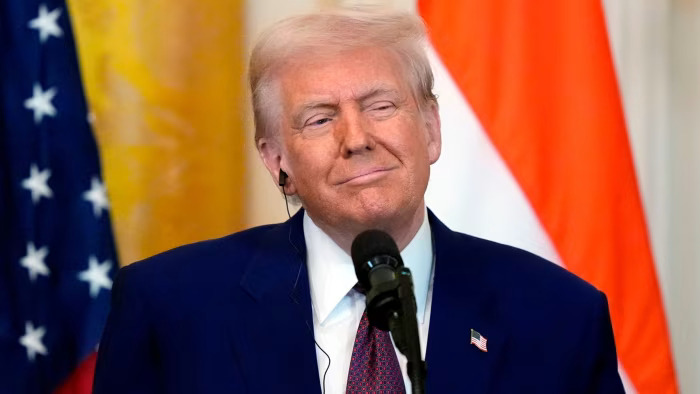

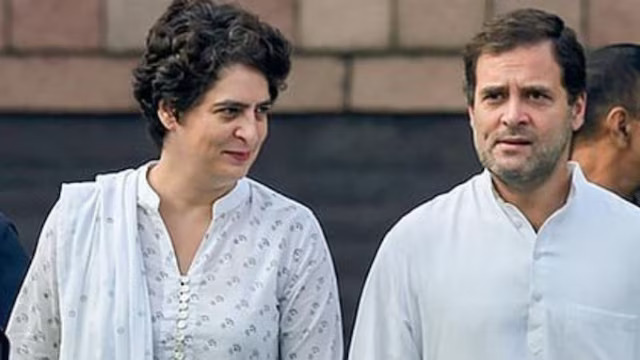
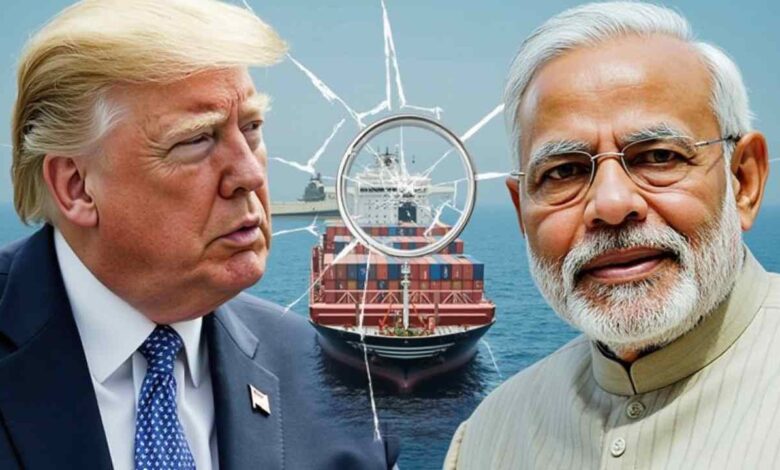
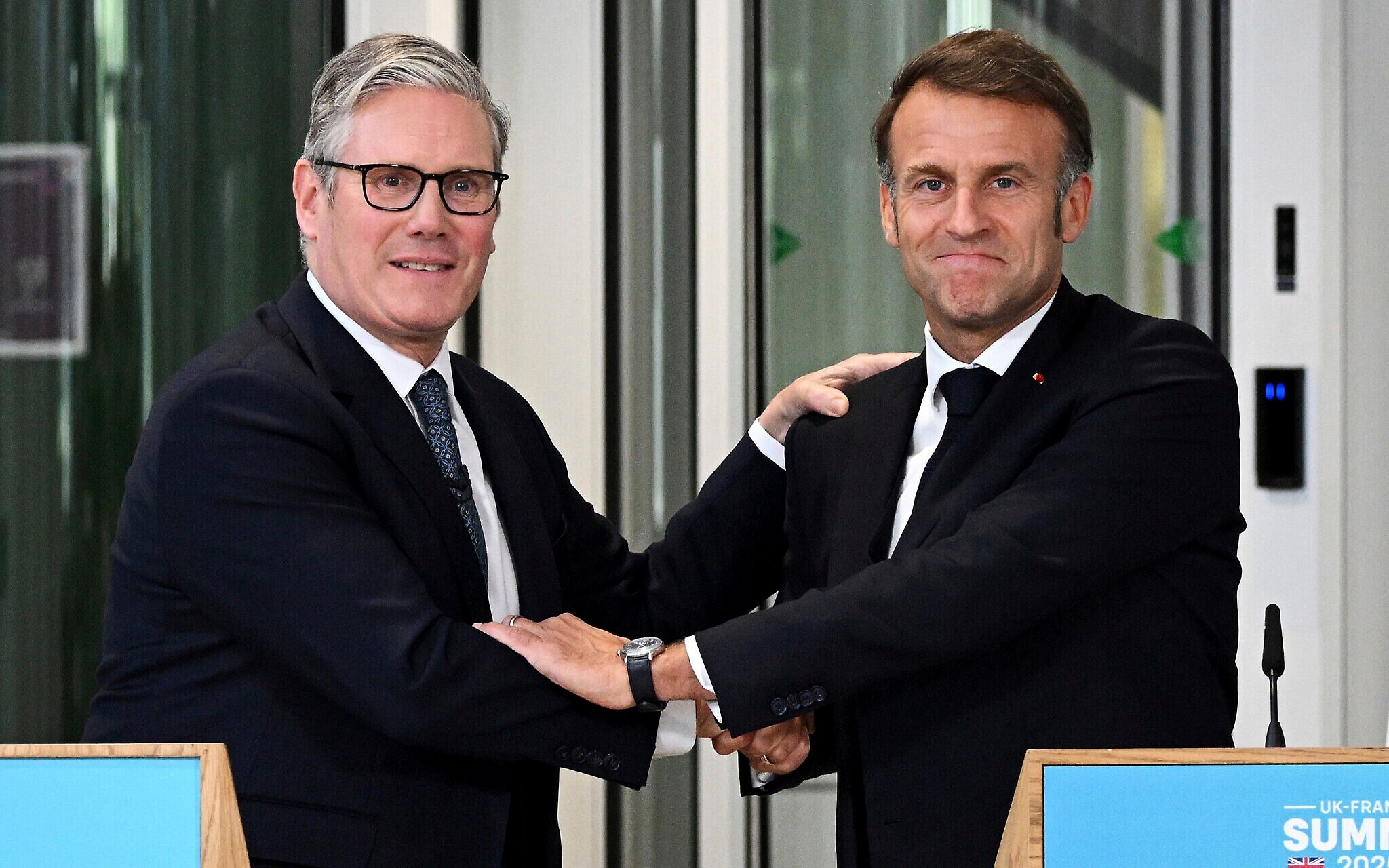



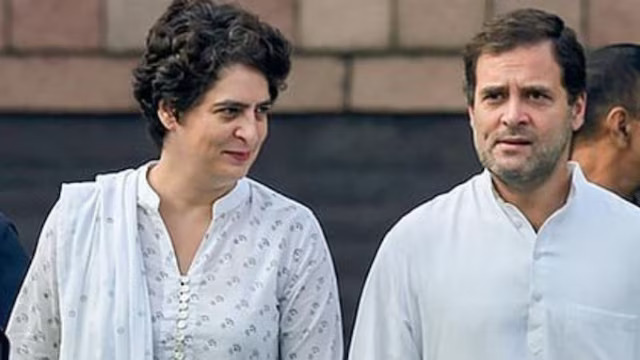


[[comment.comment_text]]